
The flyer describes in a short and concise way a procedural model for the development of policy instruments for resource efficiency for manufacturing industries. Based on five principles of action: docking, impact, urgency, prioritization and integration and a phase model, the concrete results of the application in the Argentine metal processing industry are described.

This study investigates the current and potential barriers to increasing the supply and demand of green finance, and its accessibility to the industrial sector in Jordan.
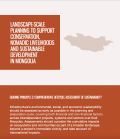
This case study illustrates Guiding Principle 3: Comprehensive Lifecycle Assessment Of Sustainability and is part of a series of ten case studies which aim to inform the forthcoming wave of global infrastructure investment. Collectively, they specify and demonstrate how environmental, social and economic sustainability must be integrated right across infrastructure policymaking at the systems-level. The individual principles and case studies were developed via ongoing global consultation and inputs from experts and UN Member States, as part of implementation of the UN Environment Assembly (UNEA) Resolution 4/5 on Sustainable Infrastructure.
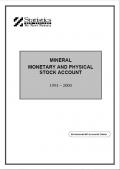
The New Zealand Mineral Monetary and Physical Stock Account, 1994-2000, presents the asset value of minerals in New Zealand. It focuses on minerals that are presently economically utilised in New Zealand, including metallic minerals (gold, silver, and ironsand concentrate) and non-metallic minerals (aggregate, clay, limestone, dolomite, and others).
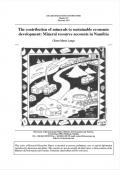
This report addresses the issue of sustainable development in Namibia, an economy dependent on mineral resources. While mineral wealth can provide countries with an opportunity for economic development, resource abundance does not necessarily lead to economic prosperity. In Namibia, the mining sector is critical to the economy and mineral assets form a major source of national wealth. However, the national accounts give a distorted picture of economic health because they record the contribution of mining to GDP but not to the simultaneous depletion of mineral wealth.

This case study estimates the amount of rent generated by minerals and fisheries in Namibia and analyses the success of the government in recovering this rent for the good of the people. From an economic perspective, sustainable and equitable management of these resources requires that resource rent be recovered by the government through appropriate taxes. The report's findings indicate that while the resource rents generated by mining have been captured through taxes, the rents generated by fisheries are not yet fully captured by the fishing quota levies.

This case study, From Digging to Planting: A Sustainable Economic Transition for Berau, East Kalimantan, produced as part of Project LEOPALD or Low Emissions Oil Palm Development examines whether palm oil’s potential as an economic driver will bear out for Indonesia’s goals, using Berau as an example case.
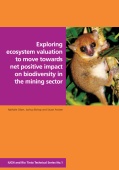
This case study examines the costs of conservation and the value of benefits associated with biodiversity around the QIT Madagascar Minerals (QMM) project area, with a focus on the Tsitongambarika (TGK) forest complex.
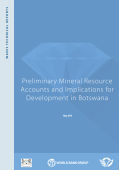
The mining sector continues to be the backbone of Botswana’s economy, despite efforts to diversify. Mining is still, by some measures, the largest contributor to gross domestic product (GDP), generates the majority of export earnings, and makes a major contribution to government revenues. The use of mineral revenues is, therefore...
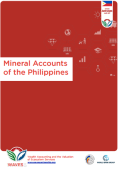
This study measures the mineral reserves in the Philippines, notably nickel, gold, copper, and chromium, based on the System of Environmental-Economic Accounting (SEEA) framework.
